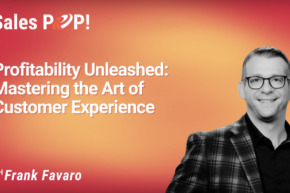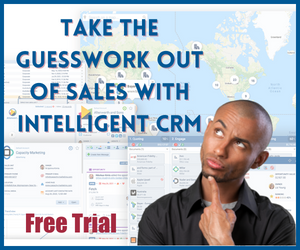Permission-based email marketing is a well-known marketing tool, but how to differentiate it from other marketing tools? In this Expert Insight interview hosted by John Golden, Tom Kulzer talks about how email marketing can help grow your business.
This interview discusses:
- Fundamentals of Email Marketing
- Marketing Automation
Fundamentals of Email Marketing
The most important thing to look for when sending the email to the customers is to make sure that they asked for it. Online privacy and security are very important to people, thus sending an email without permission raises a lot of questions regarding how the sender even got the email address. The next important thing is to make sure that the email adds value. Email marketing is about creating personal relationships with the customers; therefore, the email needs to create a connection with the reader. Generic emails that target mass populations usually end up in the spam folder based on customers’ disinterest in them. With Gmail for example, if many receivers show signs that they do not want to receive emails anymore by deleting them, transferring them to spam or unsubscribing from them, Gmail itself will start sending the emails directly to the spam folder. The frequency of emails plays an important role as well since the key is not to overwhelm and bore the receiver with too many emails in a short time period. The relevance of an email impacts the receiver’s level of interest. In a time of economic crisis, people are interested in things they were not interested in as much before. Simply adding value to the email by making the receiver identify with the sender creates mutual satisfaction and long-term relationship.
Marketing automation
Marketing automation is a tool that produces more efficiency in email campaigns. In this case, it follows the quality over quantity rule. Instead of sending many “one size fits all” types of email, marketing automation enables the segmentation of contacts under different groups. A one thousand contacts list could be separated under ten groups of hundred contacts if needed for the benefit of the campaign. For example, a pet adoption agency offers different animals to adopt such as cats, dogs, bunnies, etc. Rather than sending updates or pictures about all animal species to its subscribers, the agency can target each group for specific animals of interest. To clarify, the agency still sends one email to everyone, but the content that each group sees is different. Dog lovers see only dogs for adoption, while cat lovers see only cats for adoption. This way, the agency creates more engagement and relevant messages for its customers.
Our Host
John is the Amazon bestselling author of Winning the Battle for Sales: Lessons on Closing Every Deal from the World’s Greatest Military Victories and Social Upheaval: How to Win at Social Selling. A globally acknowledged Sales & Marketing thought leader, speaker, and strategist, he has conducted over 1500 video interviews of thought leaders for Sales POP! online sales magazine & YouTube Channel and for audio podcast channels where Sales POP! is rated in the top 2% of most popular shows out of 3,320,580 podcasts globally, ranked by Listen Score. He is CSMO at Pipeliner CRM. In his spare time, John is an avid Martial Artist.








Comments